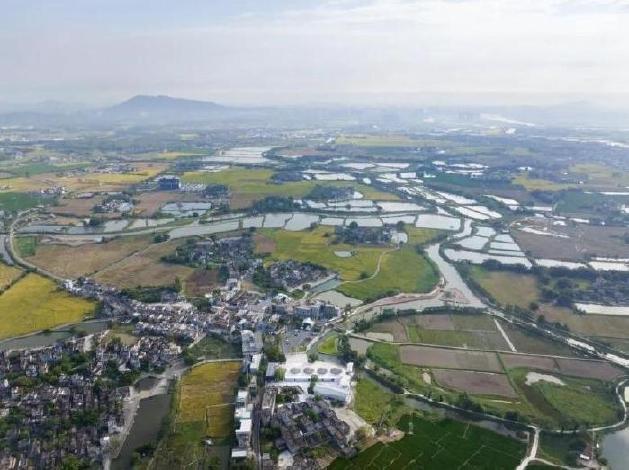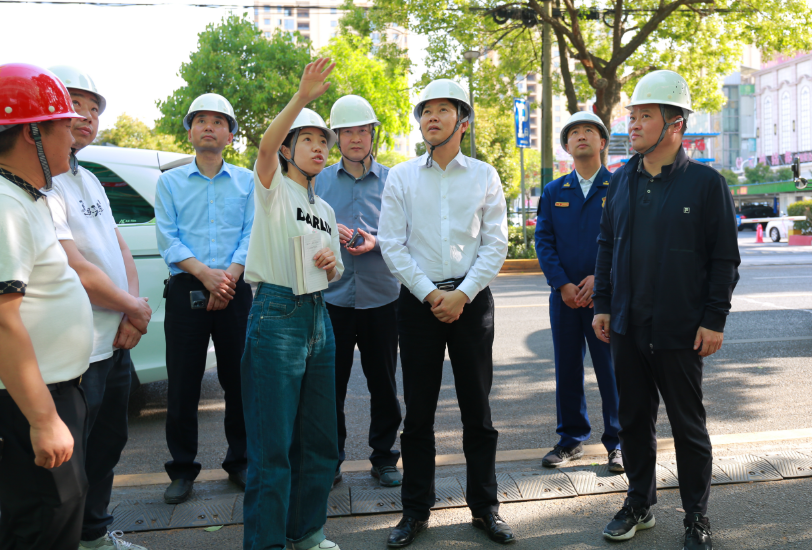At present, there is a circular brick silo in many rural areas of China, which has been used as a granary in the past. The origin of silos can be traced back to the 1960s. Due to the special historical background, a movement of “deep excavation, extensive grain accumulation, and preparation for war and famine” was being carried out nationwide at that time. In this situation, the country urgently needed to build a large number of granaries. However, due to the lack of funds for building granaries and the lack of steel for building high standard warehouses at that time, it was required that various regions adapt to local conditions and use local materials to build granaries for backup. Local silos emerged during this period. In the mid-1970s, granaries were built in rural areas of all provinces and cities except Taiwan. However, with the changing times, they have been largely abandoned to this day..

In Tangkou Town, Kaiping City, Jiangmen, the famous hometown of overseas Chinese and the location of the World Cultural Heritage Diaolou Group in Guangdong Province, there is a group of five such silos. The location selection of Pioneer Bookstore in these five silos also highlights its historical value and unique form. They hope that not only can the abandoned silos be revitalized and reused, but also create a special quality of bookstore space for the first rural bookstore in the avant-garde South China region. The current location of the silo is close to the edge of Tangkou Town, but the square in front of the granary is the location of the rural market (locally known as the rural market), so to some extent, it is also the activity center of the entire village and town. Moreover, there are already many rural construction projects around it, such as youth entrepreneurship bases, homestays, studios for artists and architects, and so on..

There are a total of seven renovation buildings for the bookstore. In addition to five silos arranged in a straight line, there is also a three story dormitory building located north of the silos and later added, as well as a two-story small office building at the south end of the silos. There are also many additional constructions between silos, which are not completely independent of each other. The five silos are all brick and concrete structures, and their quality has been tested to be Grade A, which can be used normally. However, the roof part has varying degrees of leakage due to long-term disrepair and urgently needs repair. However, there are various safety hazards in the dormitory building and two-story small building, and the current situation is not ideal..


▲ Original granary structure breakdown diagram © Yihejing Architectural Design.

As a granary, the silo itself has a unique and reasonable spatial structure. The indoor floor of the original granary was 80 centimeters higher than the outdoor square. In the past, when grain storage conditions were extremely limited, and in the humid, rainy, and hot climate conditions of the south, the granary achieved functions such as flood prevention, ventilation, and insect prevention, reflecting the collective wisdom of folk construction..

The first step before the spatial renovation of the five silos is to repair them, mainly the top of the silos. In the past, this kind of brick silo roof was generally constructed in four ways, namely, concrete dome, concrete dome, brick dome and wooden roof. This project uses the construction technology of concrete cusp..

The specific method of warehouse roof is to first divide the dome into eight equal parts, and then use bricks to build a series of brick “keels” on the concrete dome. The brick “keels” in each part are parallel, making the dome a pointed top. This step determines the shape of the warehouse roof. Then use concrete to fix the tilting tiles (wide and with small curvature) onto a series of bricks, and narrow the tilting tiles (narrow.





















